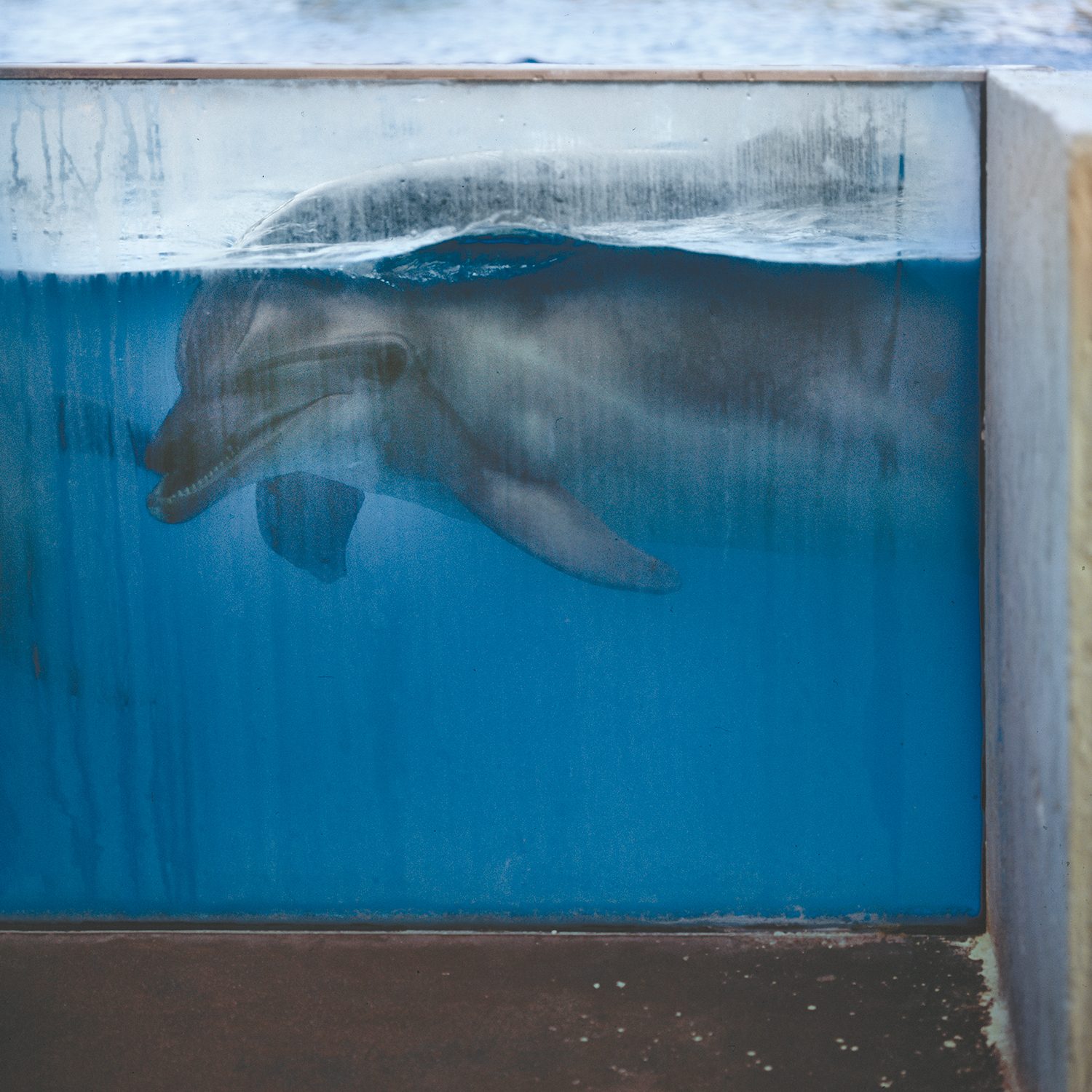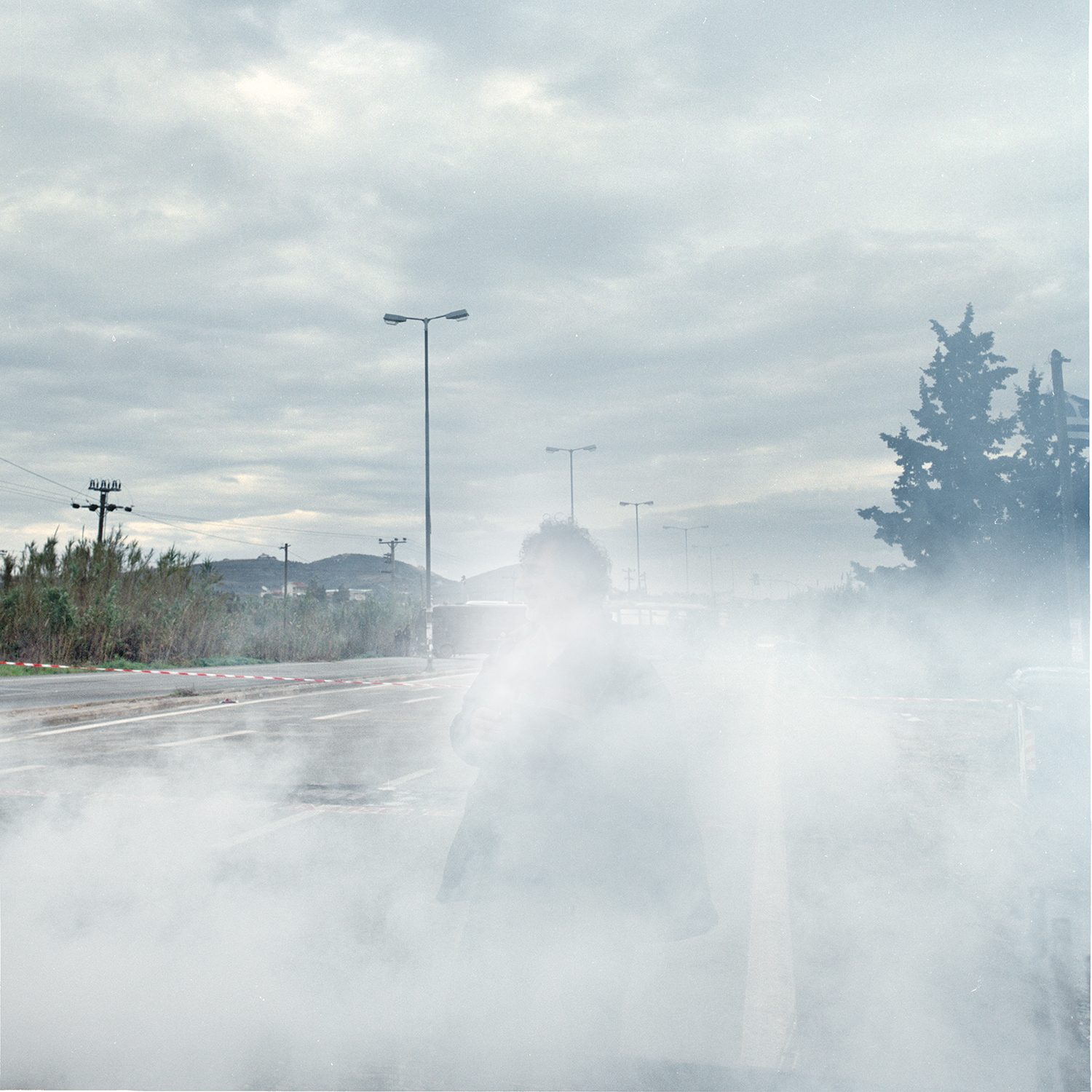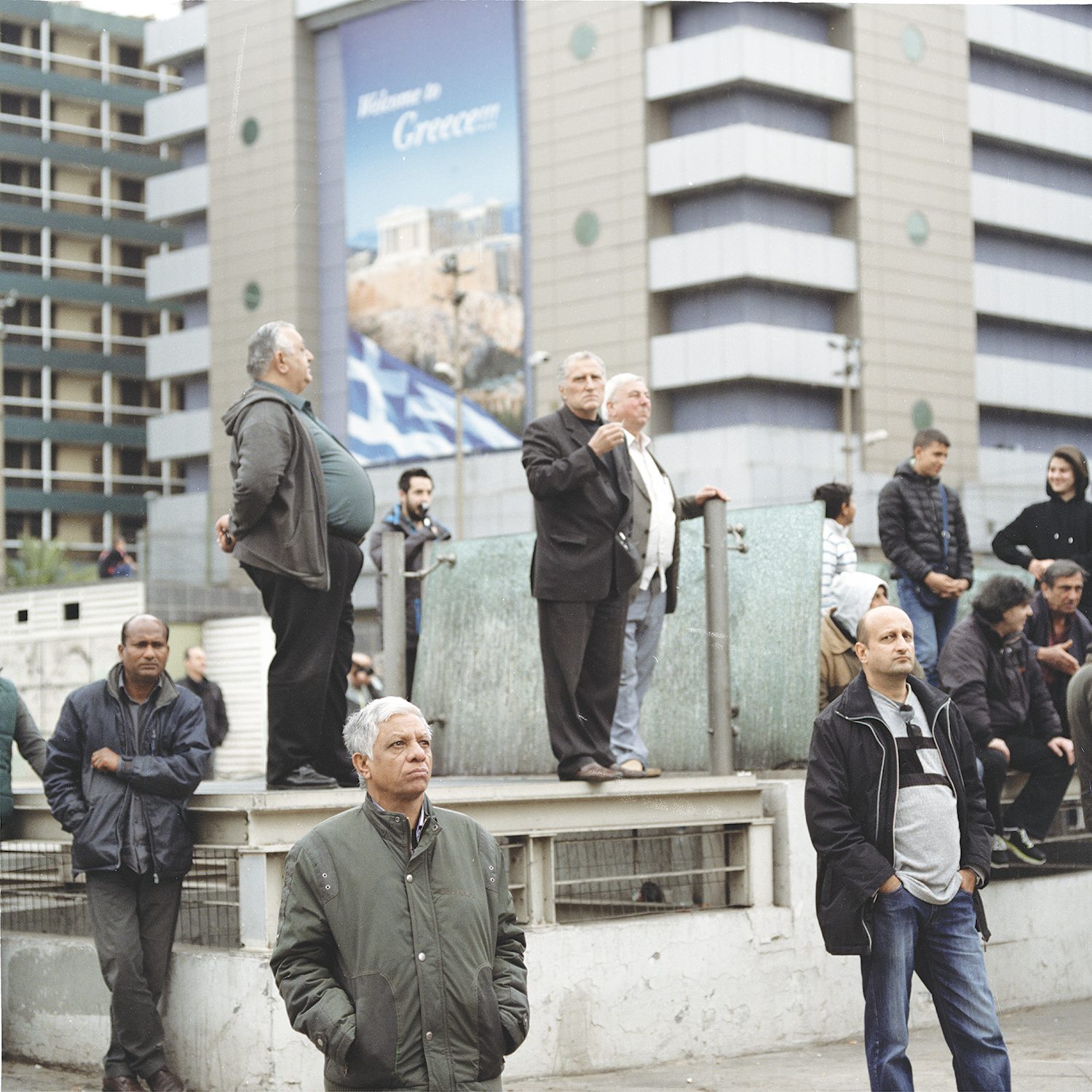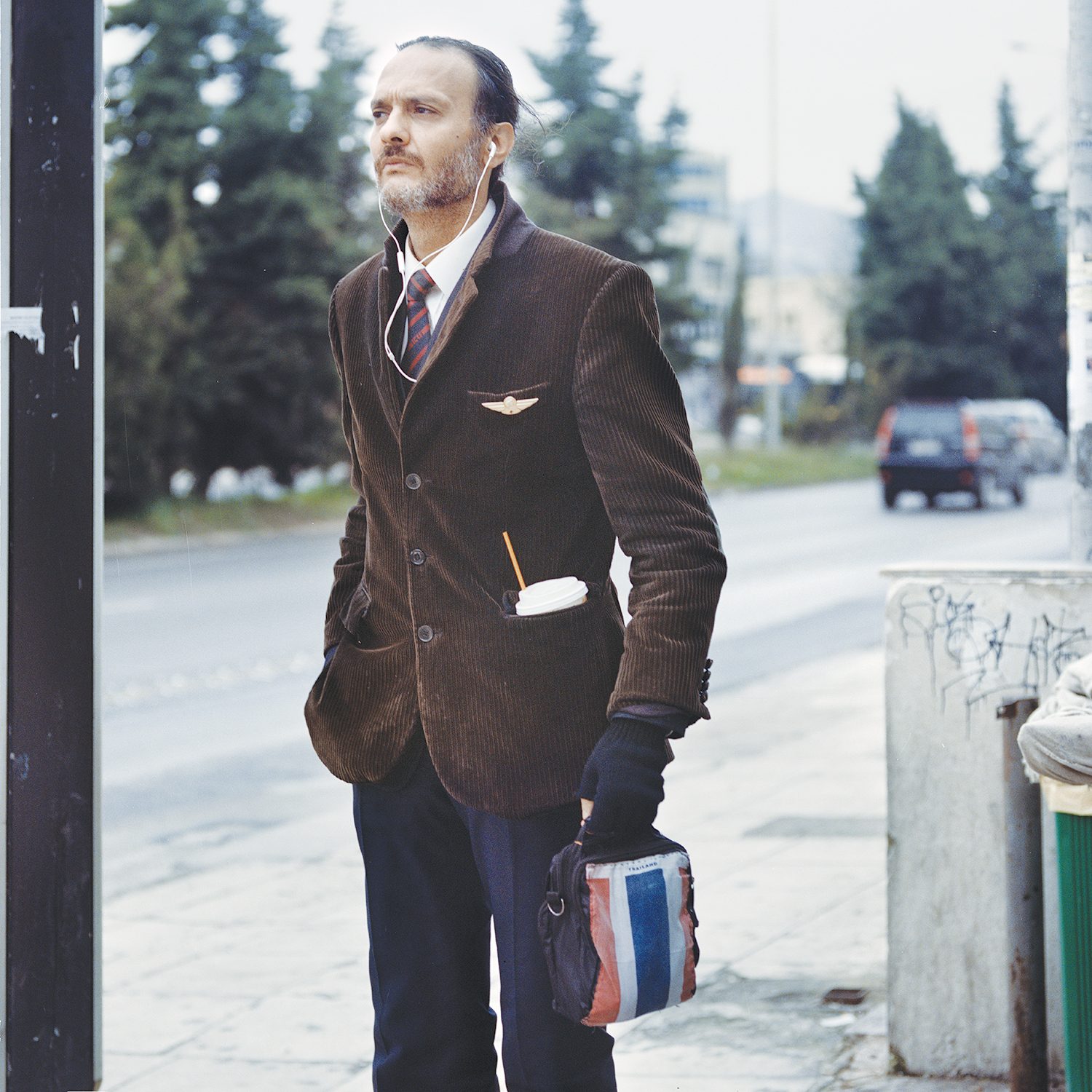For many, COVID has been a time of increased stillness, silences. Now that the world, in places, is speeding up again, it can be hard to remember those first few months of 2020—when entire cities came to a screeching halt; when airports were ghostly and planes grounded; when movement beyond one’s neighborhood block felt like either a danger or transgression. I remember going on daily walks around my block during those terrifying weeks in March and April. The buds were growing on the trees then, and in my memory, I felt I could hear the sound of their gradual blooming, day by day.
Now, imagine this time of stillness and silence extending not for one year or two years but five, ten years, for a whole generation. This was the experience for much of Greece, and especially the country’s capital of Athens, over the past decade. What began as a financial crisis in 2009 soon transformed into a political, social, humanitarian, and generational set of overlapping crises. In Greek common parlance, these intertwined events soon became known as ‘The Crisis,’ an all-encompassing singularity. For Athens, a city of massive and sprawling growth from the 1960s until its 2004 Olympics, the shift was cataclysmic. From its dense center to the furthest reaches of its periphery, an entire way of life ground quickly, then deeply, to a painful standstill. Stasis.

In his lean, impactful book Parallel Crisis, photographer Yannis Karpouzis draws on the specific power of the medium to tell the story—or perhaps his story—of these difficult years in Athens. Many photographs and photographic projects emerged from the Greek Crisis, but what sets Karpouzis’ work apart is a contemplative gaze that balances a careful fidelity to the material consequences of this challenging period with an effort at expressing something beyond the immediately visible. These twin objectives can be heard in the book’s subtitle: “immobilized time itself.” Such a phrase sounds abstract at first, but as one flips through Parallel Crisis, Karpouzis’ images reveal how life’s ebbs and flows, the very rhythms of the world’s breath became utterly frozen, stuck in place during this ever-stretching duration. From page to page, the material feeds the conceptual, the conceptual frame shines insight back onto the everyday.

What also distinguishes this book from so many that emerged during the Crisis is its studious relationship to the medium of photography and its long history. The book’s cover immediately sets the tone: it works as both an arresting image in its own right and pays homage to the work of Walker Evans, one of Karpouzis’ key references. While Evans’ Penny Picture Display (1936) was populated by 225 tiny, lively portraits, Karpouzis’ ‘studio’ is massive, desaturated—and wholly blank. The studio is still there but no more pictures are being made. Photography freezes time, but if time has already frozen, what pictures are left to be made?

Evans’ appreciation of the vernacular appears again and again: the book’s second picture depicts a faded Parthenon, the photograph peeling off the wall, as if antiquity itself (another form of frozen time) is giving up its permanence. Several pages later, the advertised promise of a newly-built house in the countryside is withheld, enclosed by a wire fence. The cheery front lawn in the poster is obscured by real-world weeds in front of it, while the snow-covered part of the image seemingly merges with grey concrete to which it has been affixed. Elsewhere, Lee Friedlander’s love of mirrors as a form of self-reflection finds ample expression as does Paul Graham’s fondness for capturing the heartbreakingly quotidian, separated by mere moments of attention.

Beyond photography, it should also be noted that Karpouzis’ artistic output includes his work as a filmmaker and a published collection of poetry. Thus, one more key reference for understanding the project’s distinctive palette and subtle tone is the Greek director Theo Angelopoulos. Over his long career, Angelopoulos was revered for his contemplative eye and long, long tracking shots. Whereas a standard feature-length film today might be produced with a thousand takes, or even several thousand, Angelopoulos made entire movies using under one hundred. His fastidious care was evident in the resulting films. In the words of one critic, Fredric Jameson, “the temporal continuity of [his] long take…envelops, includes and exhausts” the subject at hand. I think of Jameson’s words and Angelopoloulos’ films in relation to Karpouzis’ images of Athens in crisis, as well as when I look back at the enveloping quality of the last 18 months of my own life. Yet in both cases, I find hope by thinking of this sustained focus not as exhausting but rather a precious chance for contemplation in an oft-harried world.

In the book’s concluding text, A personal chronicle, dated February 2020, Karpouzis prophetically writes, “this context, the curse of living in frozen time, will soon re-emerge under a new guise.” During the terrifying first few months of the pandemic, not only did the world grind to a halt, but so did my own productivity. Tasks that used to be the work of a morning took a day, the work of a day stretched into a week. A comforting mantra that I found for myself was this: “things take time.” Amidst the pain, grief, and death all around me, I discovered an intense beauty within this enforced slowness. Never had I lavished such careful attention to those buds growing on the trees, gradually blooming, day by day.

But I don’t want to end here, because romanticizing a pandemic that has taken millions of lives is as problematic as idealizing an economic crisis that devastated an entire country’s population—a crisis that had a grave impact well beyond Greece. Make no mistake: Karpouzis’ work does not fall into the trap of beautifying the Greek Crisis. It is a clear and committed work of critique, taking direct aim at the arrested situation in his hometown. But in my view, having spent much time in Athens over the past decade as well as several months living there under lockdown this past winter, the book’s thoughtful frame can be extended further. Today, many are pressing to return the world to ‘normal’, that is: to the crushing, dizzying pace of human exploitation and an unslaked extraction of the world’s dwindling resources. We pine for the numbing blur of this problematic pace because the other extremes offered over the past decade have been asphyxiating economic austerity or the arrested rhythms of a global health crisis. Karpouzis’ work points towards the hope of some middle ground.

It is no accident that this book was published in 2021, long after the Greek Crisis was declared over by governments eager to declare a return to normalcy. To make a book like this takes time—the time to think, to walk, to look, to edit (I greatly appreciate the book’s tight, 50-photo edit), to dream, to change. Indeed, in the afterword, Karpouzis admits that when he began the project, it was as an impassioned form of expression, “a young man’s reaction”. By the time of the book’s release, Karpouzis concedes he is “no longer a young man,” and the state of emergency “is now the rule, not the exception.” In these closing words, we are reminded that urgency has its uses, but it cannot be our only gear. Between the poles of dizzying speed and immobilized paralysis, this book creates space for reflection and patience, while offering opportunities to explore and grow.
Editor’s Note: The project will be exhibited in October 2021 as part of the upcoming Thessaloniki PhotoΒiennale.



















